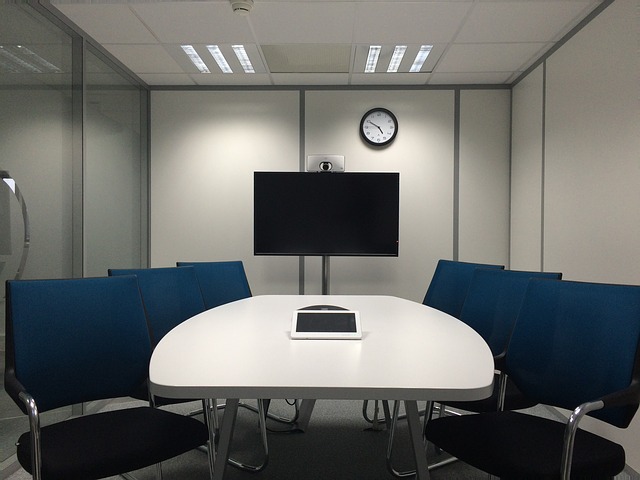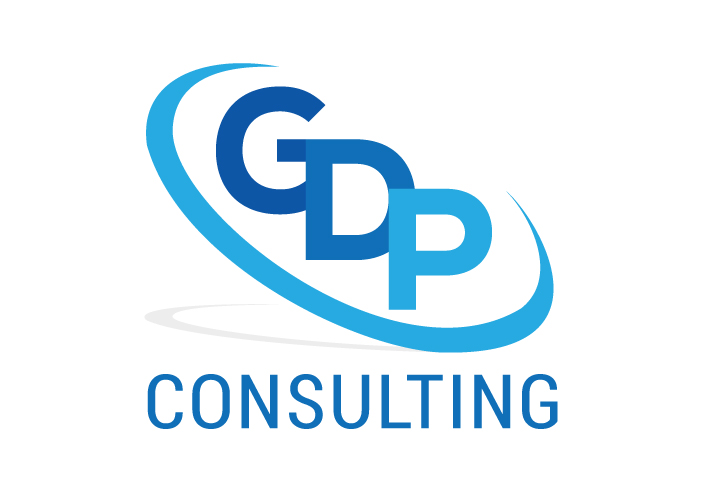Flawed Assumption
There is an assumption that boards are in place to ensure that there is comprehensive oversight of an organization. Is this guaranteed? Can the public or shareholders rest assured knowing that there is a board in place to oversee the well-being of an entity? The news is constantly telling us about board failures or about dysfunctional boards. We see board members being attacked on social media and board members resigning on mass because their boards cannot come together as teams.
One theory is that even though board members have great intentions, many factors interfere with their ability of control their CEO, mitigate risks or ensure the organization is protected. Let’s look at some of the common issues.
Overcommitted Board Members
Two results occur when board members are busy. The first is that they miss vital meetings and the second is that they do not have time to read the board packages.
If you were to analyze your own board minutes for two years, how many full or partial meetings did each board member really miss? This is justified because when board members say they have ‘legitimate reasons’ for their absences. The question is not whether their reasons are legitimate but whether or not they can fulfill their governance responsibilities.

If a person is absent for several meetings, she may not have read the corresponding board packages, participated in vital discussions, or heard information contributed by other board members that would have influenced her won thought processes. When a board members is absent for too many meetings, she may not be aware of current issues and she is not a contributor during the decision-making processes of the board.
Missing too many meetings or critical parts of meetings in one issue. Another concern relates to board members who are too busy to read board packages, do their own research, or critically analyze the information presented. These board members tie up valuable time asking questions that have already been answered rather than asking critical questions to ensure all risks are known and analyzed.
Being Led or Leading
Does your board decide what information it needs or does it wait for its board package to arrive from the CEO’s office?
Many boards wait for the board-meeting agenda and package to arrive before they know what is being discussed at a board meeting. These boards accept the information as it is presented. This means it is filtered through the lens of the CEOs or their senior teams rather than through the vital lens of competent board members.
It is natural for people to v present information which portrays a situation in the best light and thus obtain the decision they want. Boards are designed to ensure all options are considered, pros and cons of each option are duly considered and the final decision is well informed.
One critical question for board members to ask, “Are we critical thinkers, do we represent stakeholders well, and is the board outlining independent information it requires in order to assess risks and prior to voting on any motion?
Board Roles: Important Information Known Only To The Best
Download it for FREE by completing the form below!
Designing the Board Agenda
When a board is in control, it has a running agenda. It knows what time of year routine issues need to be brought forward, what it has postponed to a later date, and what items have not been dealt with in the past.
It is vital for a board to look at all agenda items and ask the following questions:
- Is each item a management or a governance item? If it is a management item then the board would either remove it or ensure that it only gives the CEO advice to help him make a decision.
- Is the item one which the board
- Would make a decision. If so, it becomes high priority.
- Offers advice to another person such as the CEO. These items take the second highest priority.
- Can accept information. These items are the lowest priority because the board cannot do anything about those issues. In fact, if items are for information only than the facts can be provided to the board members to read without taking time from the items which require their attention. These are the items which would appear on the consent calendar.
CEO Control
When the board decides upon its agenda and fully understands those items which require it to make a decision, it is ready to determine what information it wants. At this point, the board is ready to ask for all
- points of view
- risks
- options, and
- essential facts.
Without this determination, the board is passing the message that ‘whatever you give us is fine with us and we will live with the outcomes of our decision.
Friend or Trustee
It can be difficult to be specific with someone you think you should trust unconditionally. The key is to remember that being specific should not be seen as a lack of trust but as the desire of the board to do its work thoroughly.
It is also difficult when the CEO is a friend or neighbor. It can be harder to separate the personal from the professional roles. The down side of these personal relationships is that it can put undue responsibility on the CEO or expose the board to higher risks.
Just as allowing present relationships affect board behavior, focusing on the present can also prevent the current board from focusing on the future.

Past or Future
There are often questions related to the ‘term’ of board members. Term limits serve a valuable purpose under certain conditions. One is when a board begins to fail to focus on the future and a second is when it begins to react to situations rather than being proactive.
It is essential to honor the past, be in tune with the present, and be vigilant with respect to the future. The political, social, and economic climates are constantly changing. The board is tasked with knowing and understanding how things are changing. It is essential for each decision considers all factors rather than being framed in the context of the past only.
Members should realize that when a lesson is learned it is time to move forward proactively, protecting the organization.
Collaboration versus Control
Determine who controls your board and organization. Look at the actions your board takes that confirms or disputes the notion that your board is providing oversight. If you cannot find sufficient evidence to proclaim that your board truly governs, that potential risks (present and future) are analyzed from all perspectives and sound decisions made, then it is essential to ensure your board discusses these concerns and takes corrective action immediately.
Board Roles: Important Information Known Only To The Best
Download it for FREE by completing the form below!

